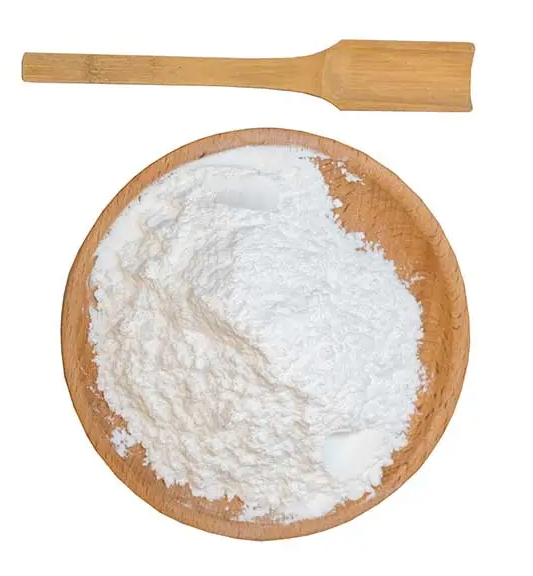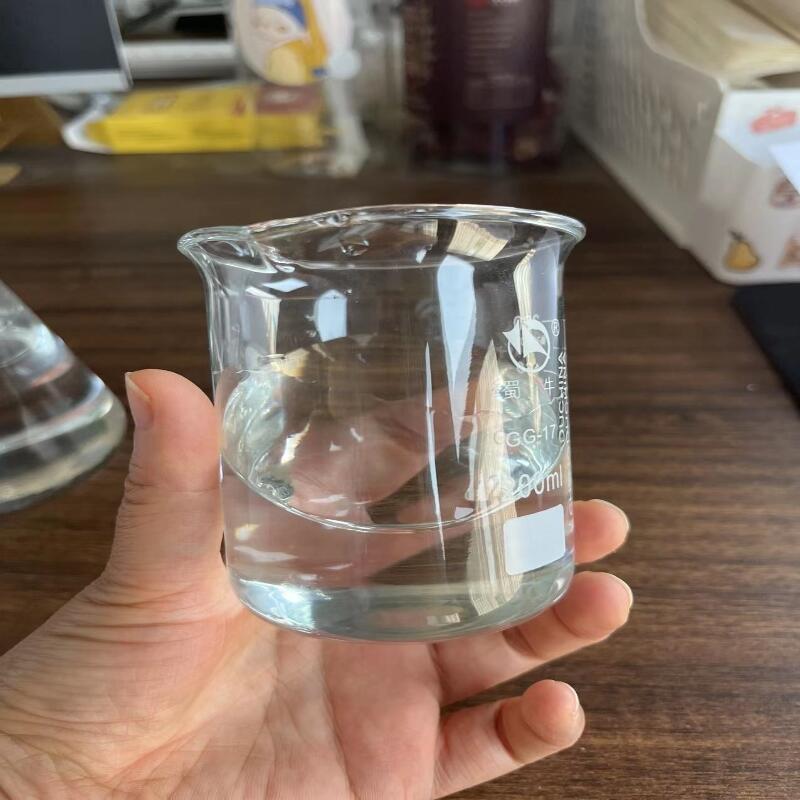Absorption and metabolism of BPS compounds in olive oil or olive
-
Last Update: 2020-04-03
-
Source: Internet
-
Author: User
Search more information of high quality chemicals, good prices and reliable suppliers, visit
www.echemi.com
2015-02-03 classification: efficacy and action 0 people's comments: at present, the pharmacokinetic data of olive derived phenolic compounds (BPS, which can prevent cardiovascular diseases) are very limited, especially their stability, absorption and metabolism in gastrointestinal tract Visioni et al (2000) first reported that the BPS of olive oil are mainly hydroxy tyrosol and tyrosol, which can be absorbed by human body in a dose-dependent manner after ingestion, and excreted in urine in the form of glucuronic acid conjugate When the dosage of phenols was increased, the conjugation ratio of glucuronic acid was increased In 2001, visioni's team isolated and identified two metabolites, 4-hydroxy-3-methoxyphenylacetic acid and 4-hydroxy-3-methoxyphenylethanol Australian scholar tuck et al (2002) took mice as the object, through intravenous or oral administration of hydroxytyrosol, the same metabolites were also isolated, which confirmed the basic metabolic pathway of the compound Manna et al (2000) used the differentiation model of Caco-2 single cell layer to examine the molecular mechanism of hydroxytyrosol transport, and found that the compound seems to be carried out in a passive, two-way diffusion way The BPS of Olives can increase the antioxidative level of plasma, which supports the mechanism that some of the BPS of Olives can pass through the cell membrane to some extent The penetration of BPS into cells is often the first step of their biological activity, so this step will affect their biological efficiency Also One study mimicked the transport mechanism of oleuropein through bovine red blood cell membrane The results showed that the disappearance rate of oleuropein from suspension medium was 27.31%, while the absorption rate of oleuropein by cells was 24.19%, and the retention rate of oleuropein in cell membrane was only 3.12% It can be seen that oleuropein can cross the cell membrane of red blood cells and reach the cell From this study, we can expect that the BPS of Olives can be well absorbed by human body However, its absorption and metabolism in human body need further study.
This article is an English version of an article which is originally in the Chinese language on echemi.com and is provided for information purposes only.
This website makes no representation or warranty of any kind, either expressed or implied, as to the accuracy, completeness ownership or reliability of
the article or any translations thereof. If you have any concerns or complaints relating to the article, please send an email, providing a detailed
description of the concern or complaint, to
service@echemi.com. A staff member will contact you within 5 working days. Once verified, infringing content
will be removed immediately.






